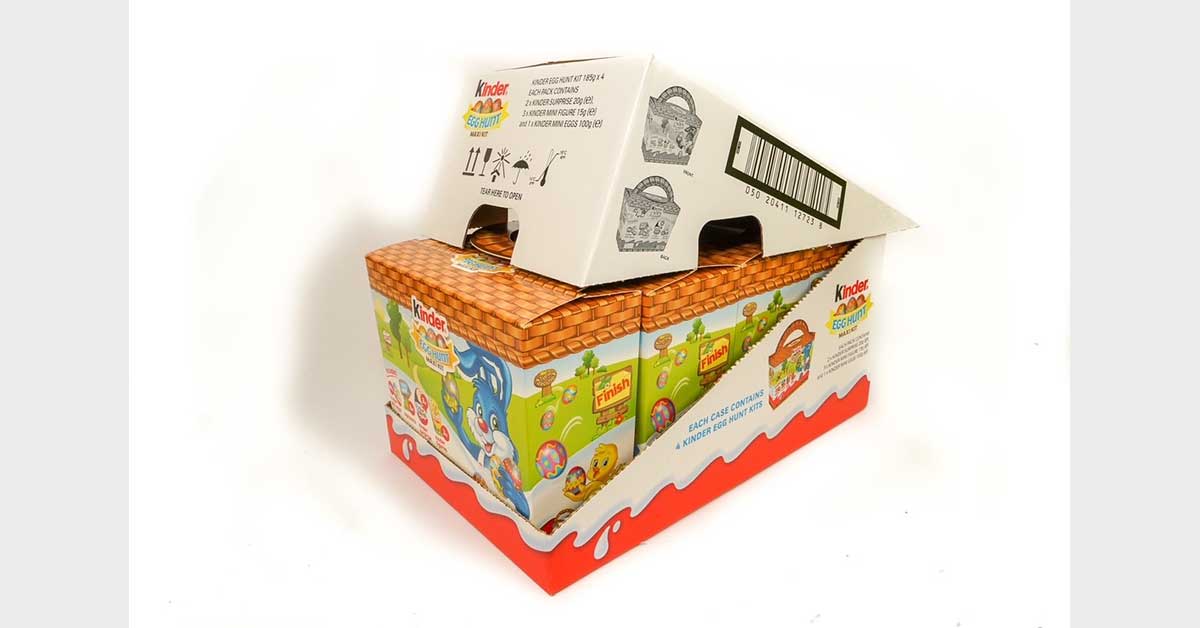As U.S. consumers become increasingly aware of the environmental impacts of the products they use every day, there remains a wide gap between perception and reality when it comes to the sustainability of paper products, according to a new survey commissioned by Two Sides North America and conducted by global research firm Toluna. The survey, “Paper’s Place in a Post-Pandemic World,” sought to explore and better understand consumer perceptions, behaviors and preferences related to the sustainability of paper products.
“More and more consumers are factoring environmental impacts into their purchasing decisions, but all too often those decisions are based on pop culture myths and sensational, headline-driven journalism rather than fact,” says Two Sides North America President Kathi Rowzie. “As attention turns to developing a more sustainable, circular economy, the paper and paper-based packaging industry has a great, fact-based environmental story to tell: Paper is one the few products that can already claim to have a truly circular life cycle.”
What’s happening to the size of U.S. forest area?
Paper use is often blamed for forest loss, and 60% of those surveyed believe U.S. forests are shrinking. The fact: U.S. forest area grew by 18 million acres between 1990 and 2020, according to the U.N. Food and Agriculture Organization’s 2020 Global Forest Resources Assessment. That’s an area equivalent to 1,200 NFL football fields every day. Contrary to the popular belief that manufacturing and using paper destroys forests, the demand for sustainably sourced paper and paper-based packaging creates a powerful financial incentive for landowners not only to manage and harvest their land responsibly, but also to keep it forested rather than converting it to non-forest uses, one of the real documented causes of forest loss.
What percentage of paper is recycled?
Paper recycling in the United States is a hands down environmental success story. But according to the survey, only 11% of consumers believe the U.S. recycling rate exceeds 60% and nearly a quarter believe it’s less that 20%. The fact: More than two-thirds of all paper and paper-based packaging in the U.S. is recycled, and more than 90% of corrugated cardboard boxes is recycled according to the American Forest and Paper Association. In addition, the U.S. Environmental Protection Agency (EPA) reports that paper is the most recycled material in the country, compared to plastics at 8.4%, glass at 26.6% and metals at 33.3%.
Is electronic communication more environmentally friendly than paper-based communication?
As the pandemic forced meetings, events and day-to-day business to online communication and consumers increasingly relied on the internet for news and information, 67% of those surveyed believe that electronic communication is more environmentally friendly than paper-based communication. While consumers enjoy the convenience and the ability to work from home that electronic communication affords, they overlook the environmental impact of digital communication.
The facts: The EPA reports that the pulp and paper industry accounts for only 1.2% of U.S. industrial greenhouse gas (GHG) emissions and only 0.5% of total U.S. GHG emissions – which shouldn’t be surprising since two-thirds of the energy used to power U.S. paper industry operations is generated using renewable, carbon neutral biomass. In contrast, the energy consumption required for digital technologies is increasing 9% each year, and the share of digital technology in global greenhouse gas (GHG) emissions could rise to 8% by 2025 according to The Shift Project, a carbon transition think tank. And compared to paper’s recycling success story, the United States generates approximately 7 million metric tons of e-waste annually, but only 15% of that waste is recycled, according to the 2020 Global E-waste Monitor.
“The life cycle of paper products is circular by nature,” Rowzie explains. “The raw material used to make it is perpetually regrown, the energy used to manufacture it is generated using mostly carbon-neutral biofuel, and the circle is completed as used paper is recycled into new products at a higher rate than any other material. Even so, our survey shows that misconceptions about the sustainability of paper products are commonplace. It’s just these types of misconceptions that Two Sides was created to correct. We believe consumers have the right to make purchasing choices based on data and hard facts, free from pop mythology and misinformation.”
For more facts about the environmental sustainability of paper and paper-based packaging, visit www.twosidesna.org.
About the Author:
Kathi Rowzie
Kathi Rowzie is the Vice President of Operations at Two Sides North America. Her career spans more than 30 years in corporate and consulting roles with Fortune 500 companies and she has extensive experience in the paper and forest products industry. She has authored sustainability-related feature articles and more than a dozen ESG annual reports.
She received her B.S. in journalism from the University of Maryland College of Journalism and is a Washington, D.C. native.









